Solve using equal groups:
6 x 4
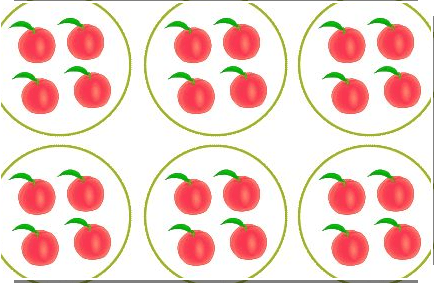 24
24
Solve using repeated addition:
3 x 9
9 + 9 + 9 = 27
Write the multiplication fact represented by the following array:
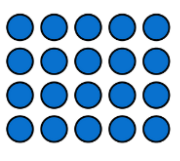
4 x 5 = 20
What is the area of the following rectangle:
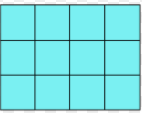
12 square units
6 x ? = 36
6
Is 7 prime or composite? How do you know?
Prime because it has only 2 factors or arrays.
Solve:
200 x 20 = ?
4,000
2 x 3 = 3 x 2 shows which property?
Commutative Property
Write the multiplication fact represented by the following model:

3 x 5 = 15
Write the multiplication fact repesented by the following repeated addition model:
2 + 2 + 2 + 2 + 2 + 2 + 2 + 2 = 16
8 x 2 = 16
Create an array for the following expression:
3 x 6

What is the area of the following shape:
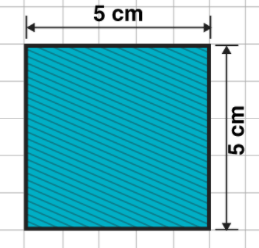
25 square cm
7 x ? = 28
4
Is 9 prime or composite? How do you know?
Composite because it has 3 (more than 2) factors or arrays.
Solve:
90 x 100 = ?
9,000
7x8 = (3x8) + (4x8) shows which property?
Distributive Property
Write the multiplication fact represented by the following model:

4 x 7 = 28
Solve using repeated addition:
6 x 10
10 + 10 + 10 + 10 + 10 +10 = 60
Write the multiplication fact represented by the following array:
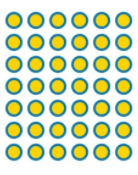
7 x 6 = 42
What is the area of a 7 by 3 rectangle?
21 square units
80 x ? = 80,000
1,000
Is 1 prime or composite? How do you know?
It is neither. It has only 1 array.
Solve:
60 x 50 = ?
3,000
Use the distributive property to solve:
8 x 9 = (5 x 9) + (? x 9)
3